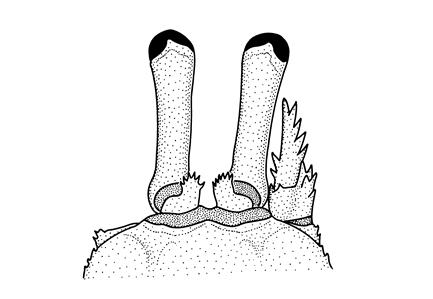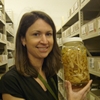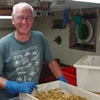General Description
Claws (chelipeds) subequal, with large sharp spines covered by setae along upper-lateral margin. Moveable plate attached to base of eye stalks (ocular scale) multispinose. Third walking leg (pereopod 4) not chelate. Paired limbs on body segments 1-2 (pleopods 1 and 2) paired in male and forming copulatory apparatus, in female only pleopods 1 paired. Carapace length up to 6 mm.
Biology
Females brood their eggs in a mass attached to the abdomen. Once developed the egg hatches into a zoea which usually swims off to begin life in the plankton. There it goes through several moults as it grows and develops. Eventually the final larval stage will settle on the sea floor before transforming to a juvenile hermit crab.
Habitat
Subtidal, to depths of 360 m.
Soft substrates
Distribution guide
Southern temperate oceans, including south-eastern Australia.
Species Group
Depth
Shallow (1-30 m)
Deep ( > 30 m)
Water Column
Max Size
6 mm
Diet
Organic matter
Harmful
Not harmful but a nip from large claws could be painful
Commercial Species
No
Global Dispersal
Recorded in Australia
Species Code
MoV 1650
Conservation Status
- DSE Advisory List : Not listed
- EPBC Act 1999 : Not listed
- IUCN Red List : Not listed





